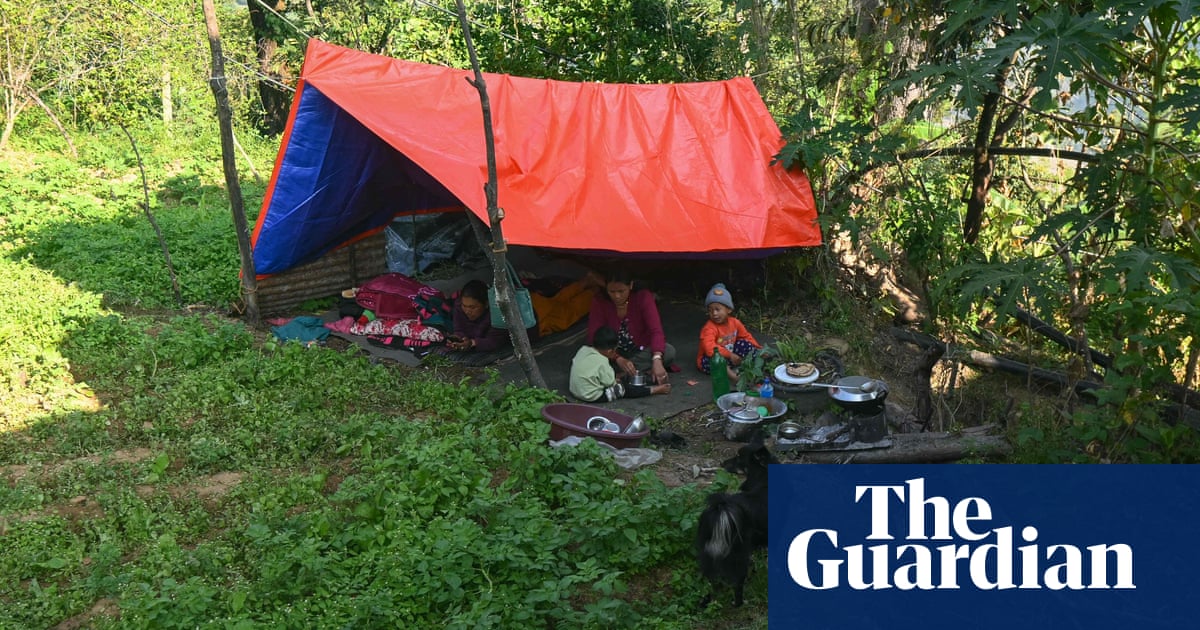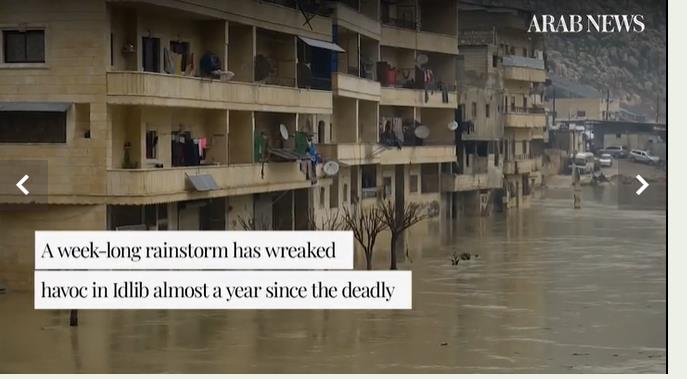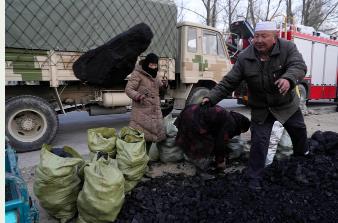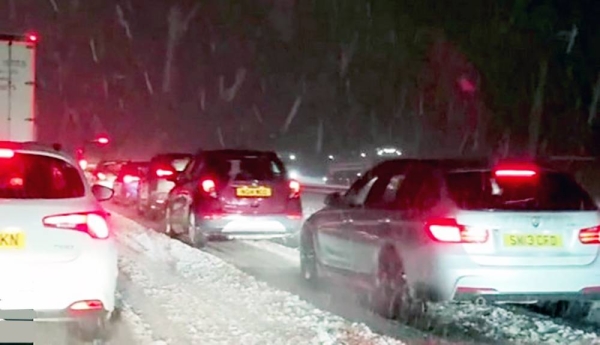
At least 38 people who survived an earthquake in Nepal have died after spending more than a month living in tents in freezing temperatures. Among the dead is a woman who gave birth two days after the earthquake struck the west of the country on 3 November.
More than 40,000 people are now living under sheets of tarpaulin, according to the directorate of health for Karnali province.
In the immediate aftermath of the quake, which killed at least 153 people, local NGOs and UN aid agencies distributed food, water, clothes, hygiene kits and tents. Nepal has not received any donor support to help rebuild the area, despite a request made a week after the disaster.
Bhim Prasad Dhakal, Karnali’s police chief, said temperatures at night have dropped to below freezing.
Sharmila Chadara died on 25 November. The family’s house in Nalgad municipality, in Jajarkot district, had been destroyed in the tremor. The district was one of the two badly affected by the quake.
Her husband, Dinesh, said he and the couple’s 19-day-old baby had been living in a tent when his wife became ill and was taken to hospital. “She died shortly after she came home,” he said. “If there was a good arrangement of shelter, this would not have happened.”
Mina Badi’s three-year-old daughter, Raksha, died of pneumonia. “Tarpaulin sheets cannot resist the cold, we had no warm clothes,” said Badi, from Kushe Rural municipality in Jajarkot.
Dr Bishal Uprety, from Nalgad health centre, said staff were seeing 20 to 25 people a day with pneumonia, flu and fever. “If temporary structures are not made soon, then the situation will get worse,” he said.
Sagar Shrestha, director of the disaster and crisis management department of the Nepal Red Cross Society, said that while aid was getting through, it wasn’t always of a high quality. The tents sent by international aid agencies were not strong enough to withstand the region’s harsh conditions, he said.
“Relief packages of different standards are required depending on the climate and geological aspects of different districts in Nepal,” said Shrestha. “But tarpaulin sheets that are used to dry crops in the sun in the Terai region of Nepal have been distributed.”
He said that after the earthquake in Turkey and Syria in February, prefabricated containers were distributed to survivors. “It may not be possible in Nepal, but it is difficult to protect the victims just by distributing tarpaulin sheets like this.”
A home ministry spokesperson said each homeless family would receive about $370 (£295) to build a more solid temporary home. However, the general secretary of the Nepali Congress party, Bishwa Prakash Sharma, said most people have yet to receive any money. He said payments were being made in instalments, making it difficult for people to buy materials. “People are dying due to the weakness of the government,” he said, despite his party being the largest in the country’s ruling coalition.
Anil Pokhrel, CEO of the National Disaster Risk Reduction and Management Authority, said at least $1bn is required for reconstruction, which “cannot be supported by the current economic situation and resources of the country”.
The government plans to host an international donor conference in January.












